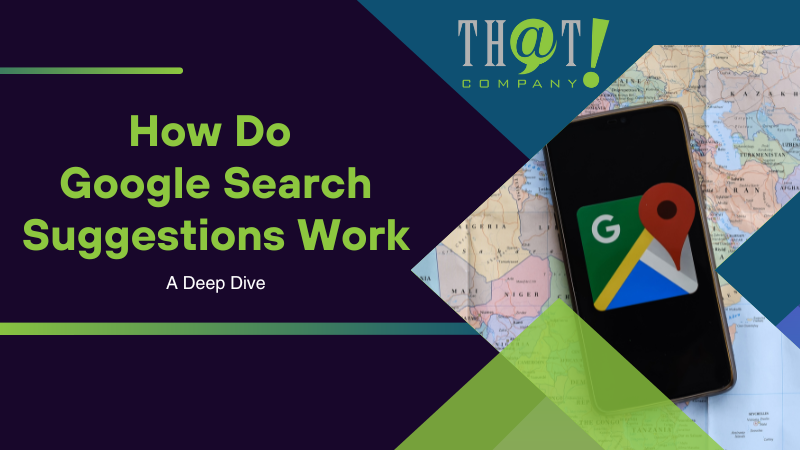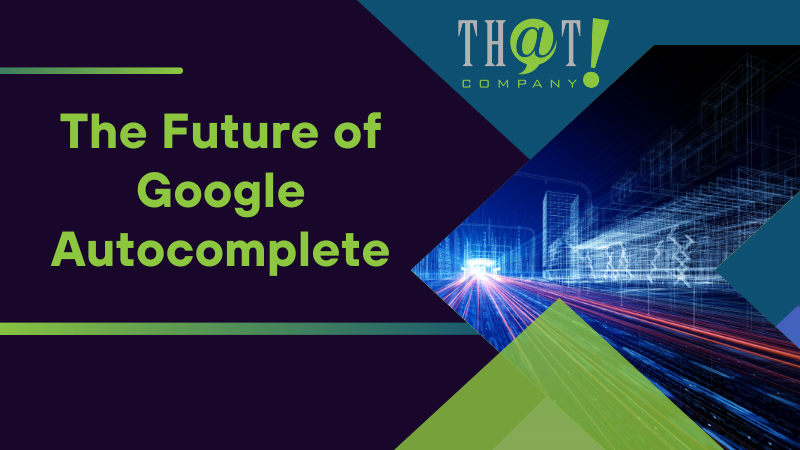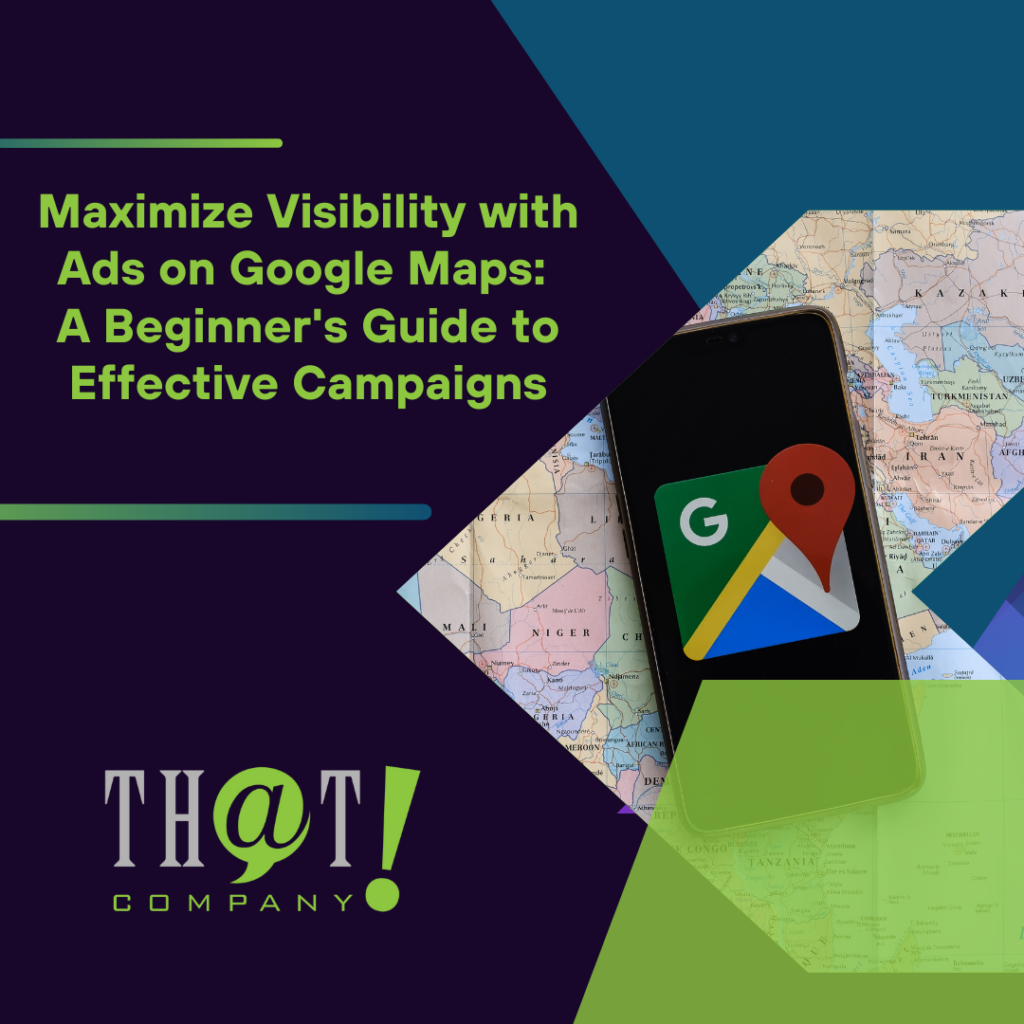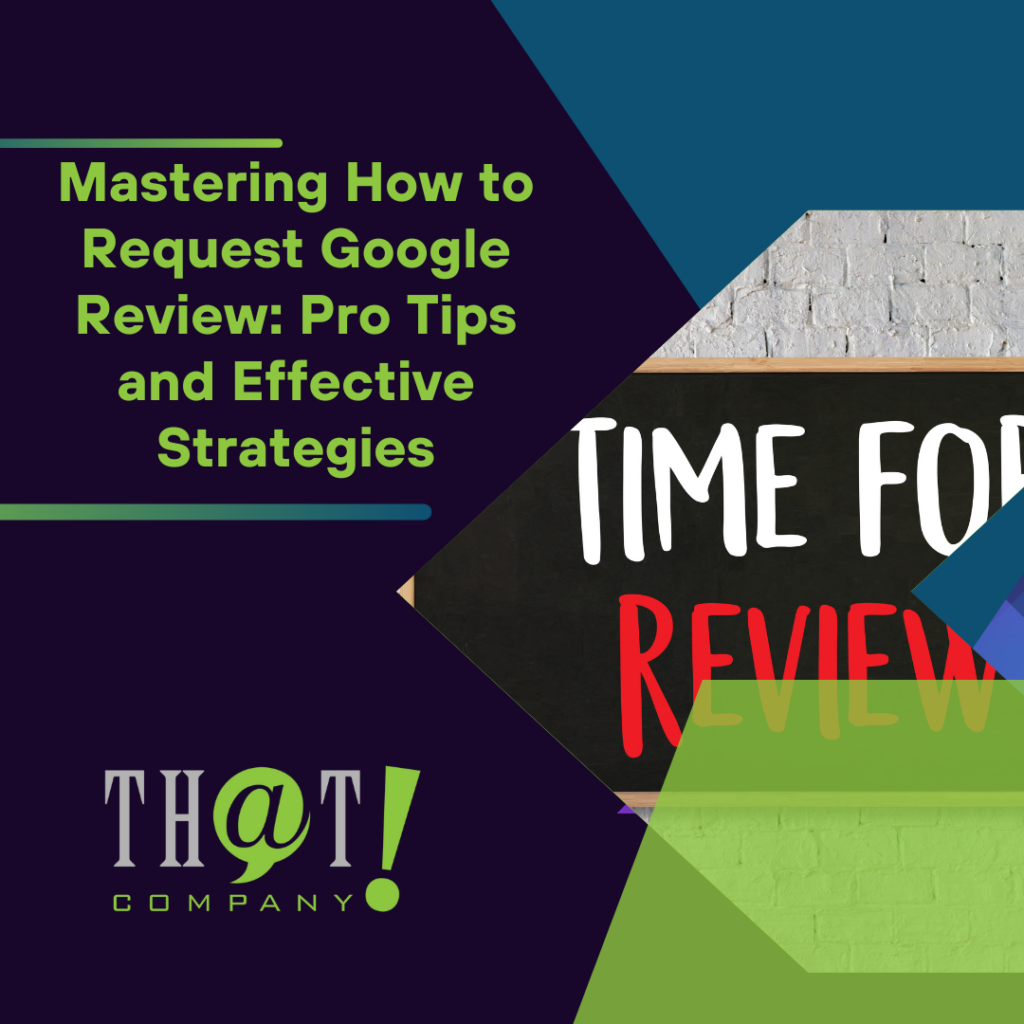
Why does Google seem to read our minds when we start typing a search query, and what magic lies behind those instant suggestions? How do Google search suggestions work to offer relevant predictions so quickly? This article aims to demystify Google Autocomplete, explaining how it synthesizes patterns from billions of searches, user context, and real-time trends. Get ready to understand the algorithmic tapestry that helps Google anticipate your search needs in a fraction of a second.
Key Takeaways
- Google Autocomplete, using a combination of user queries, geographic data, popular search phrases, and trending topics, facilitates faster search experiences by predicting and offering relevant suggestions to users.
- While Autocomplete is streamlined to personalize experiences based on the user’s search history and location, Google maintains strict prediction policies to filter out inappropriate content and relies on user feedback for continuous improvement.
- Autocomplete is a valuable tool for SEO and digital marketing, enabling keyword discovery, content planning, competitive analysis, and providing market insights to enhance online reputation and search strategy.

Decoding Google Autocomplete: The Mechanics Behind Search Predictions
Since its inception as ‘Google Suggest’, Google Autocomplete has evolved into an indispensable facet of the search experience, offering up predictions with the intention of speeding up the web navigation process. Picture this: each day, collective keystrokes spared by this savvy feature translate into over two centuries of saved human effort. Quite the feat, isn’t it? But the mechanics behind these search suggestions are far from simple.
Combining the might of common search phrases, language nuances, geographical data, trending topics, and actual user queries, Autocomplete serves as a reflection of the world’s collective curiosity. Since Google launched this feature in 2008, it has become a ubiquitous part of the Google search engine, transforming the way google users interact with the search box. Autocomplete predictions act like a digital compass, guiding users through the labyrinth of information available online.
The power of Autocomplete lies in its ability to:
- Adapt to the ever-changing landscape of web pages
- Update its predictions constantly, ensuring relevance and timeliness
- Act as a personal assistant in your browser, anticipating your needs and streamlining your journey to the actual search results
Whether you’re a researcher diving into emerging trends or a casual browser seeking quick answers, Autocomplete is there to help.
As we probe further, it becomes clear that the intelligence of Google Autocomplete extends beyond mere popularity or trends. It’s a complex tapestry woven from a myriad of factors that consider the uniqueness of each user, their location, and the language they speak. Let’s unravel the threads of this intricate algorithm to appreciate the craftsmanship behind the autocomplete predictions that greet us every time we approach the google search box.
Unveiling the Algorithm’s Intelligence
At the heart of Google Autocomplete lies an algorithm of remarkable intelligence, adept at predicting searches based on the ebb and flow of query popularity. It’s a valuable tool that seizes upon trending terms and topics, mirroring the global pulse of interest. When a surge in searches for a particular topic occurs, Autocomplete automatically catches the wave, integrating these spikes into its repertoire of suggestions.
Beyond mere mimicry of popular searches, Autocomplete’s suggestions stem from a deep well of phrases and patterns observed across the web. This extensive net captures a wealth of user interests, from the most common queries to the most obscure musings. And with the agility of a seasoned athlete, these predictions are updated at lightning speed, adapting to new search patterns and trending searches as swiftly as they emerge, thanks in part to Autocomplete’s integration with Google Trends.
This implies that users can rely on Autocomplete predictions to remain relevant and useful, regardless if they’re following a local festival or a global event, with suggestions tailored to specific locations and times. It’s like having an informant who’s always in the know, offering up the most relevant suggestions during times of breaking news or community gatherings.
Personalization in Predictions
Google Autocomplete predictions are far from being a one-size-fits-all solution. They are intimately shaped by each user’s search history, ensuring that the suggestions presented are not just relevant but also deeply personal. Imagine Autocomplete as a diary of digital footprints and your digital marketing journey, where past searches contribute to a tailored narrative of future predictions, unique as the individual behind the keyboard.
Geographical location also significantly influences the personalization of these predictions. Just as a compass aligns with magnetic north, Autocomplete aligns with your geographic position, offering suggestions that resonate with your locale. It’s this combination of your digital past and physical present that ensures the autocomplete suggestions you see are like a reflection in the mirror – distinct and familiar.
This personalization extends to the fine grain of your searches. If you’re in San Francisco searching for ‘best coffee’, Autocomplete might suggest the city’s beloved local roasteries. If you’re halfway across the world, it may guide you to a café nestled in the heart of Paris. It’s this intricate dance between search history and location that allows Autocomplete to serve up a menu of predictions as diverse as the users it serves.
The Role of Language and Geography
Google Autocomplete is not merely global in scope; it also has a local dimension. The predictions are finely tuned to the user’s geographic location, ensuring that the suggestions are as locally relevant as the neighborhood newsstand. For businesses, this means tapping into the power of geographic targeting to attract customers right to their doorstep, reinforcing their online presence within specific regions.
Moreover, language significantly influences the formation of Autocomplete predictions. It is the lens through which users view the digital world, and Autocomplete respects this by providing suggestions that align with language preferences. Whether you’re searching in:
- English
- Spanish
- Mandarin
- or any other tongue
Autocomplete bridges the gap, delivering a user experience that is both technologically sophisticated and linguistically inclusive.
The interplay between language and geography elevates Autocomplete to more than just a tool; it becomes a cultural compass. It respects the nuances of local dialects and regional colloquialisms, ensuring that no matter where you are or what language you speak, the search suggestions you receive are spot-on, leading you to the information you seek with unerring precision.

The Intricacies of Google’s Prediction Policies
Despite Autocomplete’s proficiency in prediction, it adheres to strict policies to keep the digital path it suggests free from spam, piracy, or illicit content. Google removes predictions that stray from the acceptable, filtering out the noise to maintain a clean and relevant search experience. It’s a vigilant gatekeeper, standing watch over the predictions that pass through its gates.
This isn’t a task taken lightly. Google users wield the power to shape Autocomplete through their feedback, contributing to a system that evolves to meet the highest standards of relevance and appropriateness. It’s a dynamic process, where users’ collective voice helps refine the predictions, ensuring that they echo the needs and norms of a diverse and discerning online community.
Amidst billions of daily searches, Google’s policies act as a guide, directing Autocomplete to generate useful and harmless predictions. It’s a monumental task, but with a combination of automated systems and human oversight, Google aims to keep the autopilot of search steering clear of troubled waters.
Navigating Through Inappropriate Predictions
Despite Google’s diligent efforts, filtering out inappropriate autocomplete suggestions from the vast volume of daily searches remains a monumental challenge. Automated systems are in place, tirelessly working to filter out the undesirables, yet some may still slip through the cracks. It’s akin to finding a needle in a haystack, where the haystack is as vast as the web itself.
When these outliers make an appearance, it’s often the context of accompanying search results that sheds light on the reason behind their emergence. An odd prediction could be tied to a trending topic or a breaking news story, offering a glimpse into the collective search psyche. It’s not always a reflection of negative intent but rather a snapshot of the world’s curiosities and concerns at any given moment.
Reporting and Improving Search Suggestions
Google empowers users to judge the appropriateness of predictions, providing them with the ability to report unsuitable suggestions. Whether on desktop or mobile, users can flag suggestions that don’t belong, triggering an investigation that not only removes the offending prediction kin to prevent a recurrence. It’s a community policing effort where each report contributes to a cleaner, more considerate search space.
Google’s commitment to improvement doesn’t end with the removal of a single prediction. Instead, it’s a continuous pursuit of excellence, where closely related predictions are scrutinized to ensure the Autocomplete landscape remains pristine. It’s a proactive approach, ensuring that the garden of search grows free from the weeds of inappropriateness, fostering an environment where information thrives.

Enhancing SEO Strategies with Autocomplete
Google Autocomplete is more than a handy feature for users; it’s a treasure trove for digital marketers and SEO professionals. By identifying valuable long-tail keywords and deciphering the stages of search intent, Autocomplete becomes a guiding light for content creation, aiming to fulfill the searchers’ needs with laser precision. It’s a tool that not only predicts but also informs, providing a blueprint for online reputation management and market positioning.
SEO mavens, from paid search marketers to social media managers, tap into the wellspring of Autocomplete to refine their strategies and shape digital campaigns. It’s like having a crystal ball that reveals the keywords and topics that captivate audiences, allowing marketers to craft messages that resonate and engage.
We shall examine how Autocomplete can be utilized for keyword discovery and content planning, thus gaining a competitive edge in the bustling marketplace of search.
Keyword Discovery and Content Planning
For the crafters of content, Google Autocomplete is akin to a muse, whispering a list of intent-based keywords that can spark a cascade of blog post ideas. It’s an oracle that reveals not just words but wishes, the queries that users around the world are yearning to explore. By tapping into this reservoir of keyword-level data and quality long-tail phrases, marketers can strike a chord with their audience, aligning content with the common and trending queries that course through the digital veins of the web.
This tool goes beyond mere suggestions; it’s a lens that magnifies the frequency of monthly searches, the intensity of competition, and the cost-per-click pricing. It’s a compass that points content creators in the direction of the right keywords to target, helping them to navigate the seas of search engines with confidence and acumen.
Autocomplete’s predictive prowess makes it a powerful ally in the search marketer’s arsenal. It’s not just about generating traffic but about guiding visitors along a journey that aligns with their search intent, culminating in content that doesn’t just attract but also satisfies and captivates.
Competitor Analysis and Market Insights
Beyond keyword discovery, Autocomplete is a powerful marketing tool for unraveling the fabric of the competitive landscape. By observing suggestions for industry terms, businesses can glean insights into market trends, consumer needs, and the positioning of their adversaries. It’s a window into the world of search that reveals not just what people are asking but also what they desire.
When brand-related search queries are typed into the Autocomplete search bar, a plethora of frequently asked questions and related topics emerge, often uncovering aspects of customer inquiries and interests that may have previously been in the shadows. It’s a treasure trove that can spark content generation, fueling a perpetual engine of fresh ideas designed to keep pace with competitors and the ever-evolving market demands.
Negative autocomplete predictions, however, can cast a shadow over a brand’s digital reputation. It’s imperative for businesses to manage and shape the predictions associated with their company actively, ensuring that their online presence is not just visible but also positively perceived. Autocomplete, therefore, serves not just as a tool for discovery but also as a guardian of brand integrity, playing a pivotal role in the narrative that unfolds in the theater of search.

Autocomplete Across Devices: A Seamless Experience
The brilliance of Google Autocomplete isn’t limited to desktops; it’s adaptable, changing to match the variety of devices that populate our digital universe. Google’s dedication to a seamless experience is evident as it transcends the barriers between desktops, tablets, and mobile phones, ensuring that the predictive power of Autocomplete is consistently at the user’s fingertips. It’s a testament to the commitment to creating an experience that’s not fragmented but fluid, accessible, and responsive, regardless of the platform or device in use.
As developers gear up to test the next generation of Autocomplete at no cost during its Preview phase, excitement builds for the enhancements that will soon grace various platforms, including the Maps JavaScript API and Android or iOS SDKs. It’s an evolution that promises to further refine and enrich the way users interact with the Autocomplete feature, making it faster to complete searches and even more intuitive than before.
Adapting to Mobile Searches
Venturing into the mobile realm, the value of Autocomplete becomes even more evident. On the smaller, touch-based keyboards of mobile devices, typing can be a cumbersome affair. Here, Autocomplete steps in, reducing typing by a significant 25%, a boon for users navigating the web on-the-go. It’s a subtle yet powerful optimization that caters to the slower typing speeds on virtual keyboards, smoothing the path to the desired search results.
Since the days of its introduction, adapting Autocomplete for mobile has been a priority, acknowledging the growing trend of searches conducted away from the traditional desktop. It’s not just a convenience; it’s a necessity for the modern internet user, a tool that acknowledges the mobility of our lives and the need for technology that keeps pace with our ever-changing surroundings.
Integration with Google Services
Google Autocomplete’s adaptability is evident in its integration with Google services, including the Google App, combining the functionality of Chrome’s Omnibox and the Places API, to name a few. This integration is a masterstroke, streamlining user interaction with a suite of services that many rely on daily. The upcoming enhancements, such as Address Validation expands place types from the new Places API, are set to revolutionize location-based queries, making the search experience even more intuitive and user-friendly.
Moreover, Autocomplete’s contribution to user experience doesn’t stop with mere predictions. It extends to offering related questions in the ‘people also ask’ section, which not only aids in FAQ creation but also sparks content ideation for SEO and marketing professionals. With the backing of Google Cloud’s service infrastructure, the next generation of Autocomplete is more secure, efficient showcasing Google’s commitment to technological advancement and user satisfaction.

The Future of Google Autocomplete
As we contemplate the future of technology, the potential developments of Google Autocomplete are indeed exhilarating. With Google’s penchant for innovation and its involvement in initiatives like the OpenWallet Foundation, Autocomplete may soon evolve beyond its current capabilities. The potential for more personalized, context-aware suggestions looms on the horizon, promising to deliver an even more seamless user experience.
The recent enhancements, such as the intuitive pricing model and increased supported place types, only scratch the surface of what lies ahead. Driven by advanced AI and machine learning models, Autocomplete’s future iterations will likely be smarter, more anticipatory, and finely tuned to the nuances of individual user behavior. It’s a future where the line between user and technology blurs, creating a symbiotic relationship that enriches our interactions with the digital world. Seeking help from a white label SEO agency could help you a lot.

The SEO Agency That Other SEO Agencies Use
In the competitive arena of digital marketing, agencies often seek strategic partnerships to enhance their capabilities without overshadowing their brand presence. That’s where the concept of White Label SEO comes into play, with That! Company excelling in providing such services. They enable agencies to offer comprehensive white label digital marketing services to their clients while maintaining their own brand identity, akin to a covert operation that strengthens the agency’s portfolio.
That! Company’s collaboration extends beyond White Label SEO to include White Label PPC and White Label Social Media Marketing, offering a full spectrum of digital marketing services. This partnership allows agencies to leverage That! Company’s expertise in SEO, PPC, and social media campaigns, all without the burden of expanding their internal teams. From meticulous keyword research and crafting engaging content to securing valuable backlinks and managing client relationships, That! Company’s ethical strategies adhere strictly to search engine guidelines. This empowers agencies to broaden their service spectrum and seize new market opportunities, all while the collaboration remains discreet, preserving the agency’s direct rapport with its clientele. Today, white label PPC outsourcing is widely available.

Summary
To sum up, Google Autocomplete is a marvel of modern search technology, a feature that’s become as integral to our digital lives as the devices we use to access it. Through its intelligent algorithm, personalized predictions, and integration with Google services, Autocomplete has transformed the search experience, making it faster, more relevant, and astonishingly intuitive. As we look forward to a future of even more advanced features, it’s clear that Autocomplete will continue to evolve, shaping the way we interact with information online. And for those in the SEO industry, That! Company stands as a beacon of expertise, empowering agencies to reach new heights in digital marketing excellence.

Frequently Asked Questions
How does Google Autocomplete personalize predictions for individual users?
Google Autocomplete personalizes predictions by taking into account a user’s search history and geographic location to tailor the suggestions based on past search behavior and locally relevant queries.
Can I report inappropriate Autocomplete predictions?
Yes, inappropriate Autocomplete predictions is directly from the search box on desktop, by long-pressing the prediction on mobile devices, or swiping to the left on iOS devices, and Google investigates and removes them.
How can businesses use Google Autocomplete for SEO strategies?
By using Google Autocomplete, businesses can identify long-tail keywords, monitor market trends, and generate content ideas aligned with popular search queries and user intent. This can significantly improve their SEO strategies.
What is white label SEO, and how does That! Company provide this service?
That! Company provides white label SEO services by performing SEO tasks for agencies under their brand name, allowing them to expand their service offerings without increasing their in-house team.
What future enhancements are expected for Google Autocomplete?
Google Autocomplete is to receive more personalized and context-aware suggestions driven by advanced AI and machine learning models, improving the user experience.

























